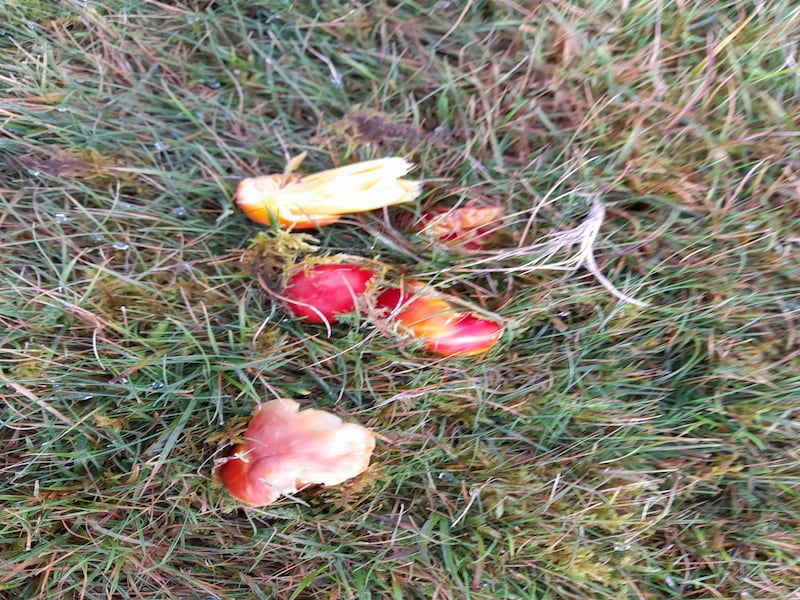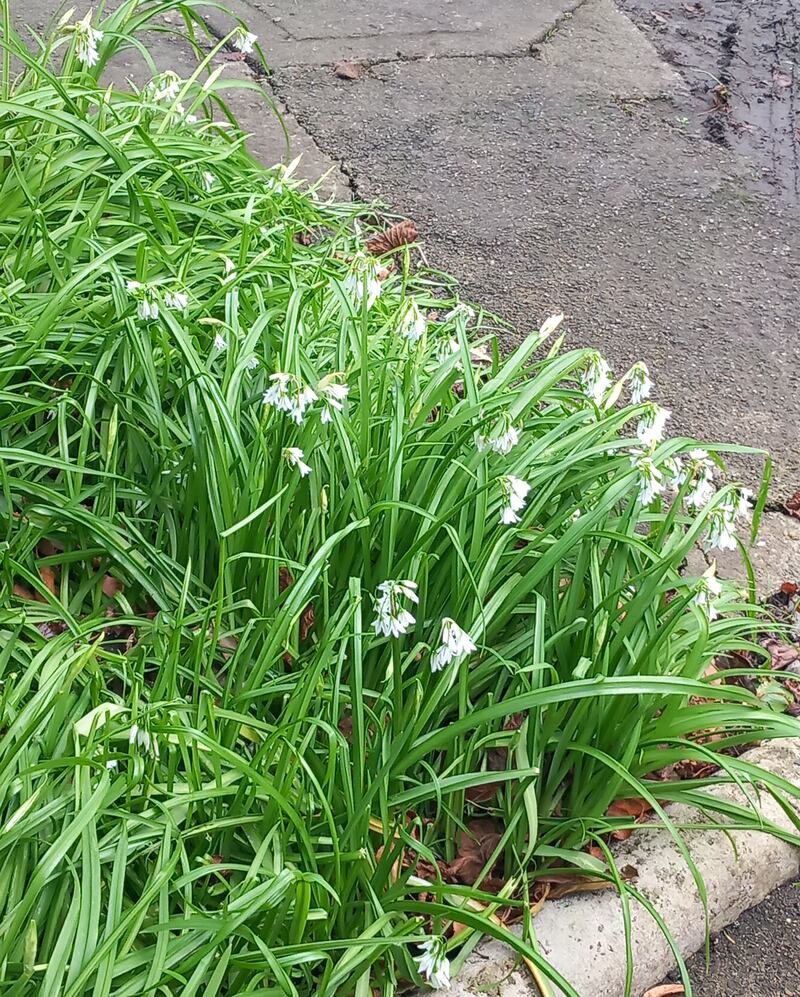Whenever I open the ground in the garden, a robin usually appears nearby after about 15 minutes. He is looking to see what food has been uncovered, such as worms or insects. He comes very close to where I am, has even touched my hand. This has usually occurred in the back garden, which I had come to regard as his territory. Last Saturday I was working in the front garden and the same thing happened: a robin arrived. Is it the same one? How does he know when I am digging the ground and where? Is he constantly patrolling his territory to see what’s happening? How far does his territory extend? I understand that it is not the same bird every year. Can you please enlighten me as to what is going on here? Michael Collins, Dublin 12
Irish robins are very tame compared with those in, say, Poland, which are solely woodland birds. Ours are totally unafraid of us and have learned that a digging gardener will soon uncover invertebrates for them to eat but are no threat to themselves. They live in most of our gardens, which they consider to be their own territory. They continually patrol the boundary, singing from the hedge or boundary trees where they can see your activity. Depending on the size of the garden, the territory may include the front garden as well. Females hold territory separately to males in winter and sing too at this time. They both look identical so it could be either that owns your garden. Robins can live for years.

A friend and I spotted these colourful mushrooms while walking on the Curragh. What are they? Josephine Finn, Co Kildare
Mycologist Hubert Fuller tells me it is a waxcap fungus, most likely the crimson waxcap, Hygrocybe punicea. This is a relatively large, fleshy waxcap with a reddish-orange to red sticky cap, which is common and occurs from August to December; the colours fade with age. Like other waxcap fungi, Hygrocybe punicea occurs in unfertilised grassland and is a good indicator of old grassland with high conservation value, such as found on the Curragh.

This wild garlic was in flower in my neighbour’s garden in mid-December. Even the hard frost in mid-January didn’t knock a feather out it. M Doogan, Dublin
It is the three-cornered leek Allium triquetrum – rather than the true wild garlic, which is also known as ramsons (Allium ursinum), and mainly flowers from March to June. This is a garlic-smelling non-native plant, first recorded in 1930. The National Biodiversity Data Centre has records of it for every month of the year.

A few months ago I found this wasp in the rear light assembly of my car, which was assembled in East London, South Africa, in 2020. Could it have made the journey to the UK in a reasonable state of preservation? I think European wasps are now found in South Africa. The access to the rear light cluster is normally securely closed, so could it have got in during manufacture? Michael Arthurs, Armagh
The German wasp (but not the common wasp) does occur now in South Africa, so it might have got in during manufacture. But it wouldn’t be beyond the capability of an insect to get into a “sealed” headlamp after some years! A picture of the front and back is needed for definite identification.

Maedbh Robinson took this photo of a female Araneus quadratus, the four-spot orb-weaver spider (red form) and its web. It was found in Lug na Macken Bog in Collooney, Sligo.
Please submit your nature query, observation, or photo with a location, via irishtimes.com/eyeonnature












